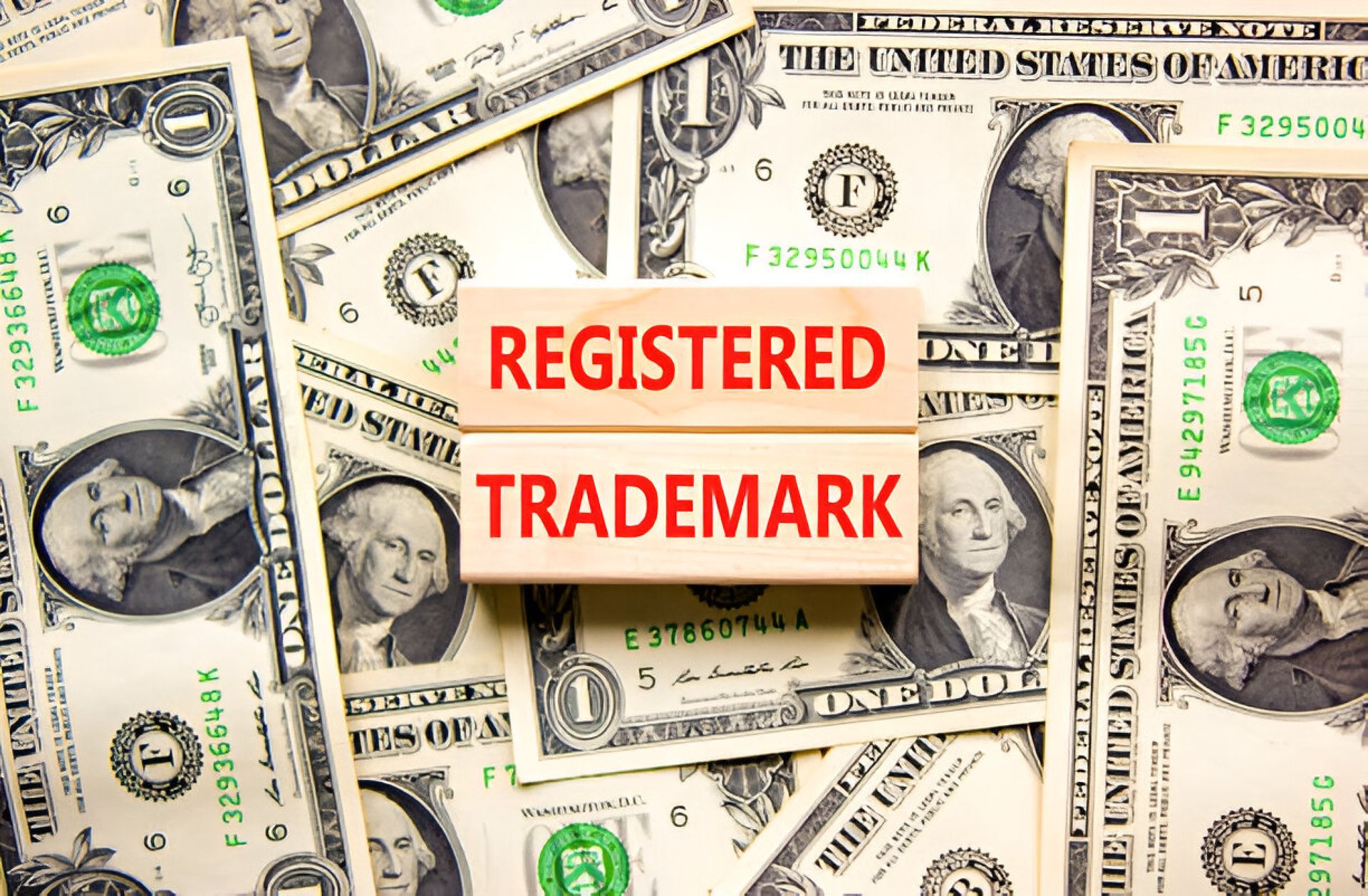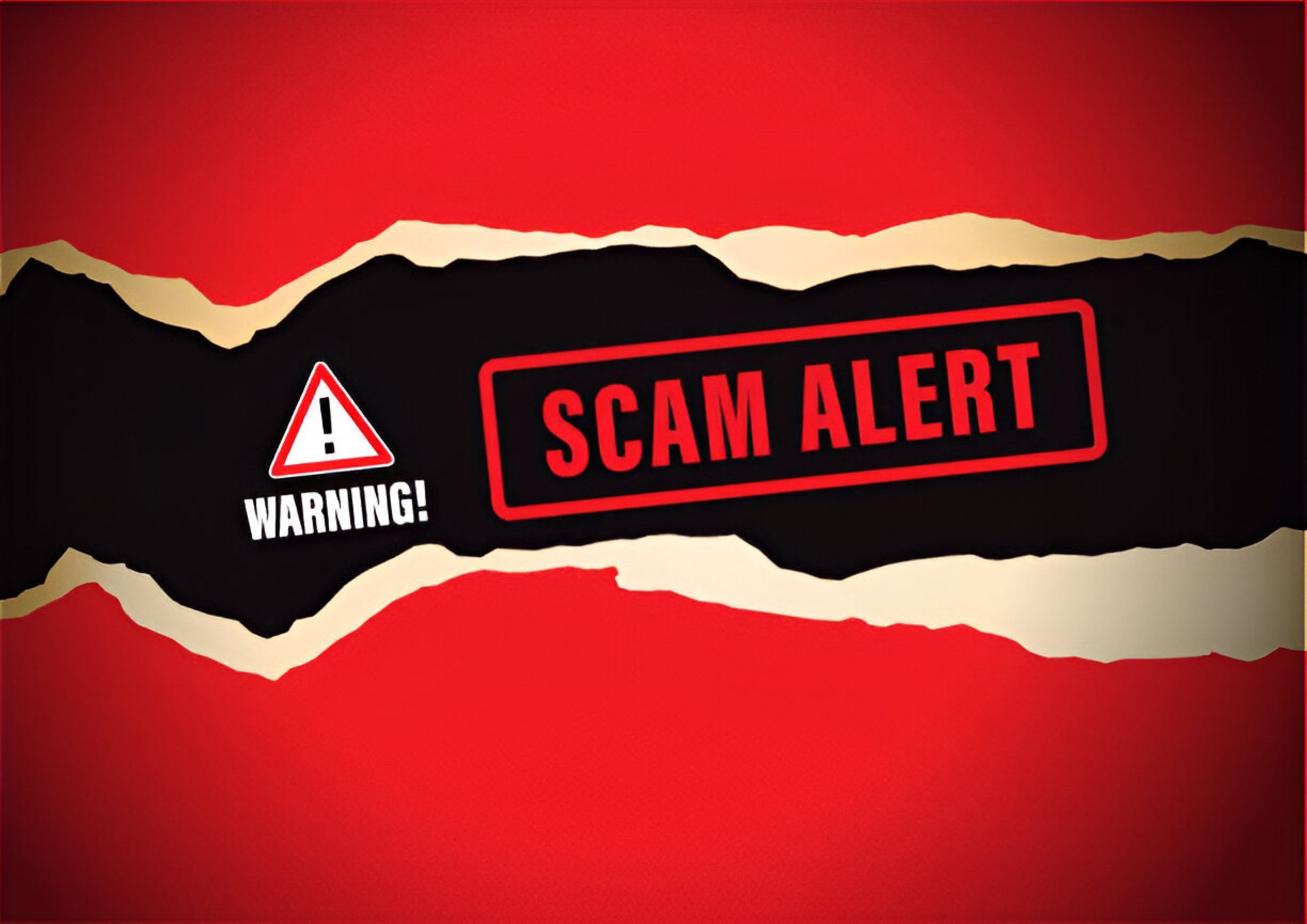Not all marks are created equal - is your proposed trademark unique enough to own?

Search. Search. Search.
The first step in the process is to discover whether your name has already been registered for the same or similar goods and services that you intend to sell. A check must be performed with the trademark office to ensure that there are no earlier registered marks. The existence of such a mark will render any later mark invalid.
Searches are also necessary to ensure against the risk of a breach of the rights of an earlier, registered owner.
'Distinctiveness'
To be registered your mark must be distinctive, in that it is not already in use by another business or trader who is engaged in selling the same or similar products and services. You will not, for example, be able to register 'Sainsburys' for a convenience store.
You mark must also not be too 'generic'. This means that it must not be a real word or phrase that describes the products or services that are being sold. This is why an application for ‘Apple’ for a retailer of apples will be refused, whereas ‘Apple’ for computer equipment is acceptable.
When considering the validity of your mark, consider the aims underlying trademark regulation; to allow businesses to distinguish their products or services from competitors, while at the same time avoiding unduly preventing other businesses from using words and phrases that are an ordinary part of their business.
If your mark is aligned with these aims, it is likely to pass the registration process.










 UK Directory
UK Directory